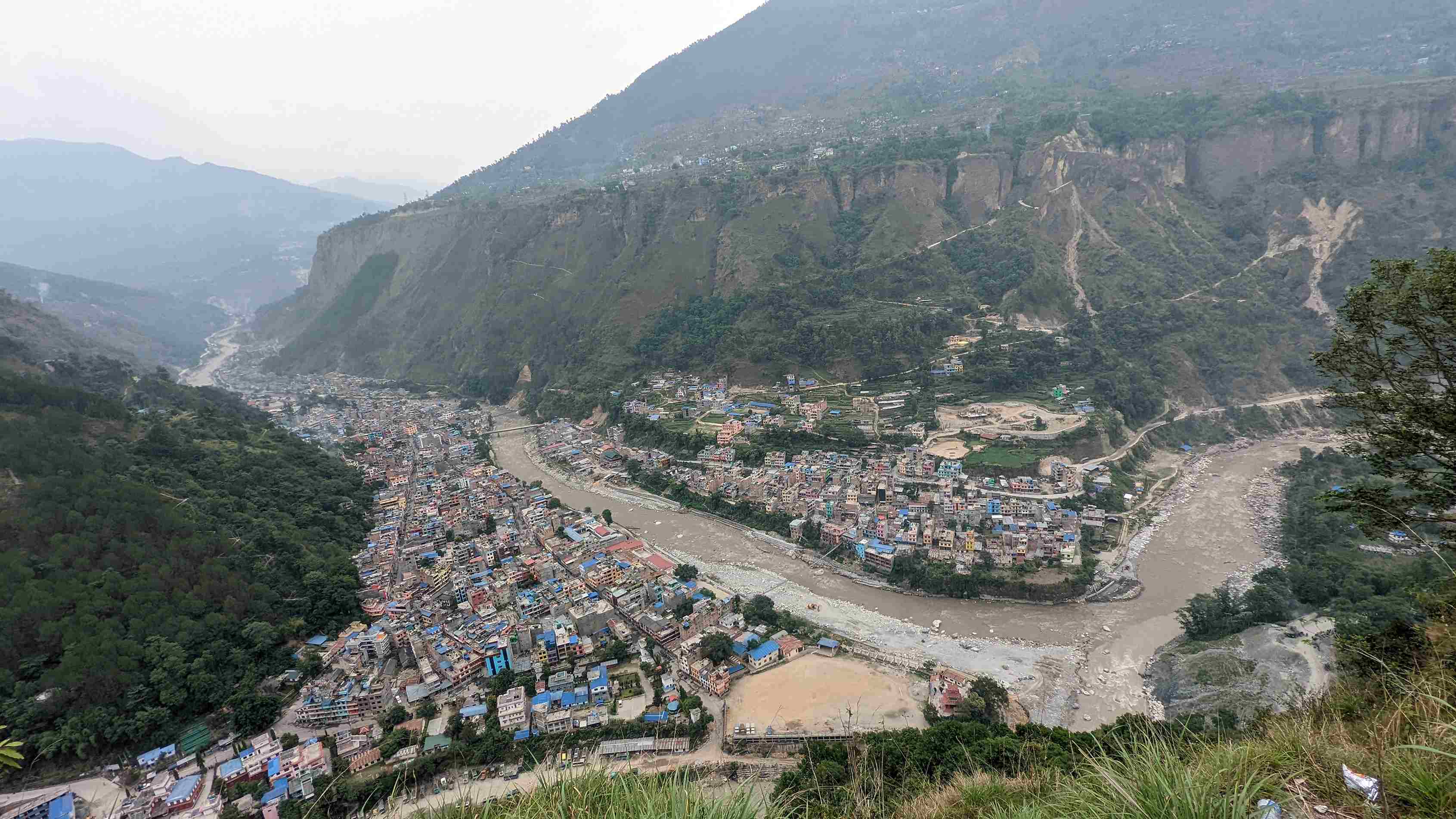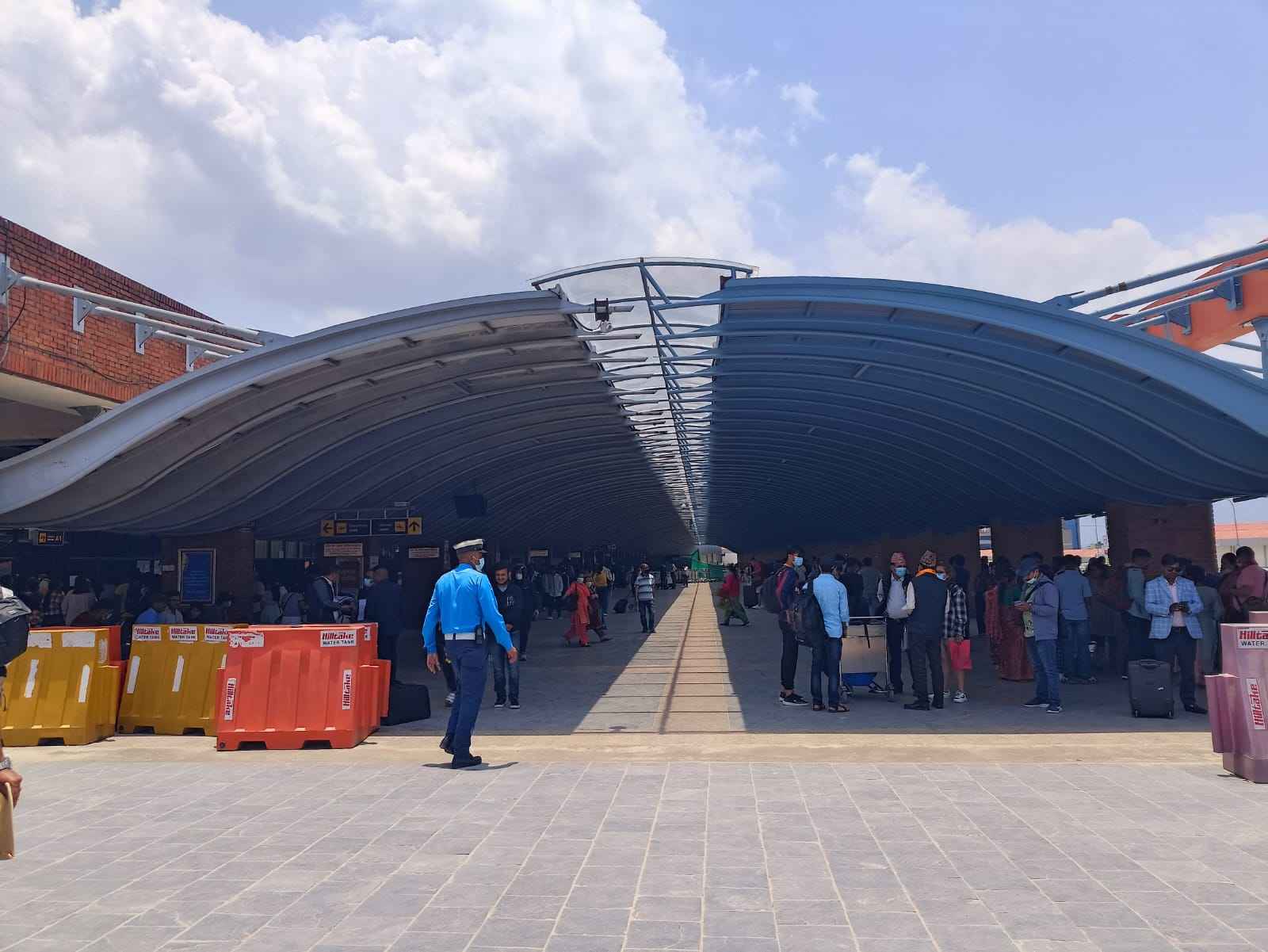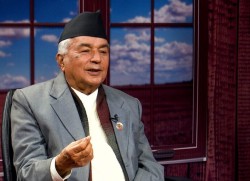Nepal

Dhruba Sagar Sharma
The majority of villages in the district of Myagdi wear a deserted look as more people migrate to cities in search of better opportunities and foreign employment.
Rum village is a prime example. The village at Malika Rural Municipality-2 has gleaming stone-roofed and wooden homes with balconies, surrounded by verdant terrain and smiling-like mountains to the north. The courtyards are spacious and have year-round running water. There are cowsheds nearby.
Recently, facilities have been constructed and roadways have been carved through cliffs. The community contains a school, a health post, and irrigation infrastructure. These breathtaking landscapes and facilities can appeal to anyone.
The number of people living in the community, however, appears to be dwindling.
According to former rural municipality head Shree Prasad Rokka, migration is continuing as people seek better prospects elsewhere.
Many other villages that had vibrant population until about ten years ago are now empty. Migration has taken a heavy toll on settlements in Malika, Mangala, and Beni Municipalities.
Rokka said that this mass exodus has left the villages without enough people to do housework, farm, and do other personal things. Security issues have only made things worse.
Farmlands are left barren as there are only elderly people to do farming, and youths have gone abroad for job opportunities, it has been said.
Torakhet village in Beni Municipality-3 has also met with the same fate. Dominated by the settlements of Chhetri and Dalit communities, the village has been often hit by landslides, thus prompting migration, said the local people. Inhabited by 217 households a decade ago, now the village houses only 39 families.
Most of the families in the village have migrated elsewhere, said a local leader Dil Bahadur Sapkota. The village had seen only 43 per cent of voter turnout in the recently held general election on November 20.
Hundreds of families have been migrating from the western parts of the district on an annual basis, said the local level.
Better opportunities for education, health and job opportunities have been the push factors for outmigration from these villages to city areas, said Sapkota.

The decade-long Maoist insurgency that started in 2052 BS and ended in 2063 BS is blamed for driving villagers to city areas, which were considered to be relatively safe due to security reasons.
The insurgency ended long ago after the signing of the comprehensive peace accord between the government and the then Maoist. But, migration did not stop, said the local people. Federalism has promised to provide facilities to even rural areas, thus controlling migration. But, it did not happen.
Concerned about undeterred migration, people's representatives made it a political issue to take initiatives to stop it. The House of Representatives member, Kham Bahadur Sherpunja has unveiled his plan to stem outmigration.
Occupied by 52 households a decade ago, Goshwara village in Beni Municipality-2 now gives shelter to only 22 households. Similarly, out of 217 households residing in Upper Jyamarukkot, 62 have left the village as of now, said Chandra Kanta Sharma, ward member of Beni Municipality-2.
According to Yam Bahadur Karki, ward chair of the municipality-2, 46 families have abandoned the village in the past five years. Despite development activities gradually taking place in rural areas, migration has not stopped, he added.
As a result of migration, neighbours are hardly found when one needs help, said Sher Bahadur Budha, 64, of Devisthan in Malika Rural Municipality-5. On the other hand, development activities have been affected, he added.
In general, the local people have migrated to city areas including Kathmandu, Pokhara and Chitwan. Villages getting emptied has increased insecurity, said Bhaba Bahadur Bhandari, chair of Raghuganga Rural Municipality.
Foreign employment has brought wealth to people, which is good, but it has another side to show - it has prompted migration to city areas in search of better opportunities, he viewed. "Some have migrated to city areas after selling off all their properties in villages. Others have left their lands uncultivated. As a result, arable land has turned into scrubland."
Inter-district migration has also taken place. Resultantly, trade hubs like Beni, Darbang, Galeshwor, Pokharebagar and Babiyachaur have been populated.
Facilities like roads, electricity and drinking water could not stop the outmigration, said Bed Prasad Upadhyay, 86, of Bagarphanta in Beni Municipality-2.
The villages now offer many opportunities and have witnessed development activities, but what they are in need is youths to utilise them, he said.
"Without youths, villages do not be like villages. And villagers do not be like villagers."
Chandra Bahadur Karki of Jyamarukkot forbade his 26-year-old son from seeking employment abroad. Instead, he engaged him in agricultural work.
"Following a significant transformation in the country, the goals and dreams of the villages shift. Children enter urban areas after completing the 10th grade and seek jobs abroad after completing the 12th grade. There is competition for jobs elsewhere. No one desires to remain and pursue prospects in the villages," he remarked.
Although the trend of youths engaging in entrepreneurship back in the villages after returning from foreign employment is increasing, their first choice would still be foreign employment, said the local people.
"People ranging from school children to 45-year-old ones wish to go to foreign countries for job opportunities. When children are asked in the classroom what they would want to be in the future. They would say they want to be a 'Lahure' (a person who returns home from foreign employment)," said a school teacher Prem Shahi, who works for local Buddha Academy.
He said that young people's desire to get jobs in Gulf countries, even if they cannot get to Europe or the United States, has made them miss out on many ways to make money and do other things back in their villages.
According to data from banks and financial institutions, young people from Myagdi who worked in other countries sent back about Rs3 billion every year. Local people agreed that remittances have brought money to villages, but not happiness.
"Children have bought plots and houses in city areas with money they earned in foreign lands. But, their elderly parents are unwilling to leave the villages. They cannot forget their birthplaces where they have spent most of their life, which has stopped them from leaving," said Shahi.
According to the latest 2078 census, the district has a population of 107,372, a 0.54 per cent drop as compared to 113,641 in the 2068 census.
"Foreign employment and migration have been a major factor behind the dwindling population," said the district census officer Ghana Shyam Sapkota.
- RSS






